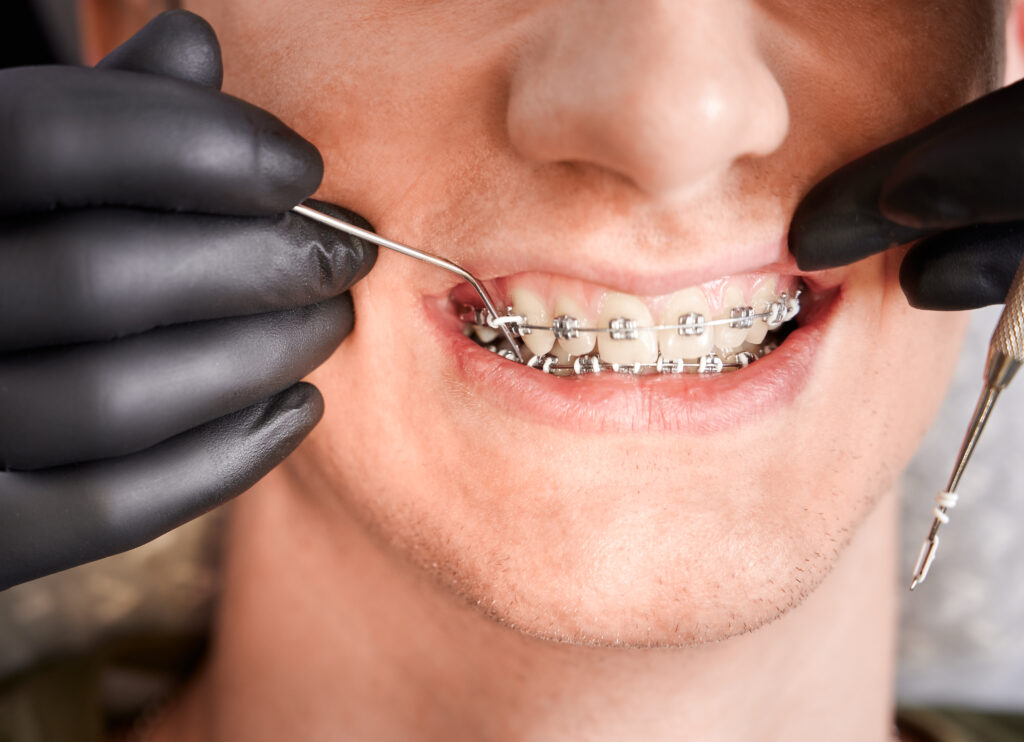Discover Your Perfect Smile with Braces at Ocean International Dental Hospitals.
Welcome to Ocean International Dental Hospitals, where we believe that a confident and radiant smile can transform lives.
If you’re seeking a time-tested and effective orthodontic solution, braces may be the ideal choice for achieving the smile of your dreams.




Most trusted dental hospitals in Andhra Pradesh & Telangana
WhatsApp us